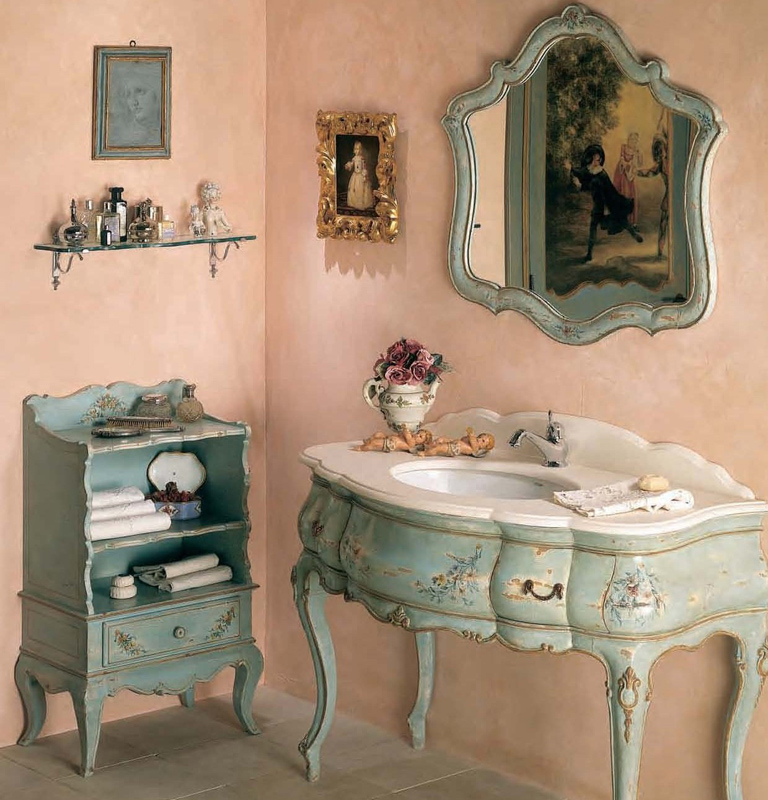 Decoupage furniture in Provence style
Decoupage furniture in Provence style
How to paint furniture from MDF at home
Often, a wardrobe, a chest of drawers, or even all the furniture that have served us for more than a year cease to correspond to the changed requests. They become unfashionable, do not fit in color to the new tile or wallpaper, get bored and just not happy. Of course, you can buy new ones, but not everyone is willing to spend a considerable amount on this. Yes, and old things, even if not fashionable, familiar and convenient, they are often associated with pleasant memories.
The best way out is to repaint them in a different color. If successful, the usual things will not just get a second life, but will turn into a real element of the author's design.

MDF boards of different colors
Is it possible to paint furniture from MDF at home, than to paint furniture from MDF at home, how to repaint furniture from MDF with your own hands, and what you need to do is described below.
Content
How to choose the right paint
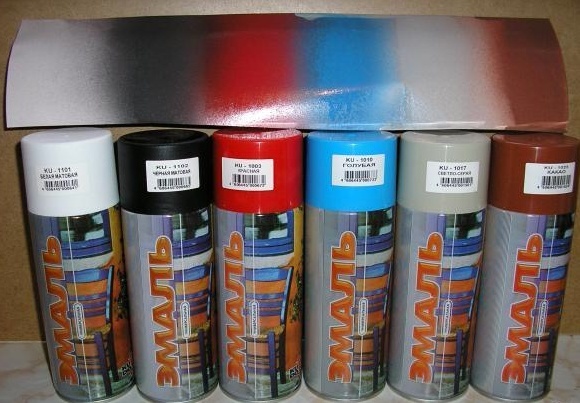
Enamel universal KUDO in balonchik
Coloring compositions for MDF are produced taking into account the characteristics of the material - high absorbency. The right choice depends on the type of MDF facade coating:
- for MDF, laminated with PVC film suitable polyurethane or alkyd enamel;

Tikkurila alkyd enamels based on synthetic oils or polymer resins
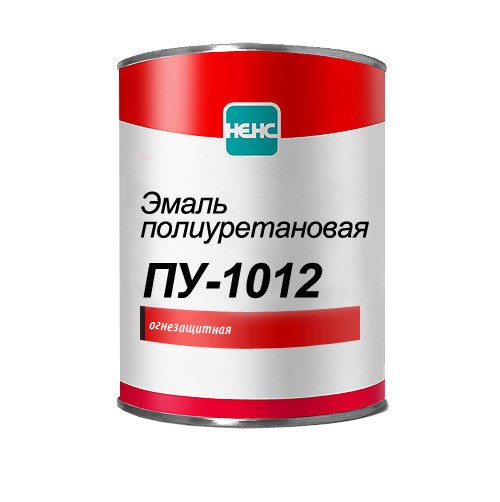
Polyurethane enamel is applied by airless and pneumatic spraying
- for covered with natural veneer and for previously painted - oil, or alkyd;
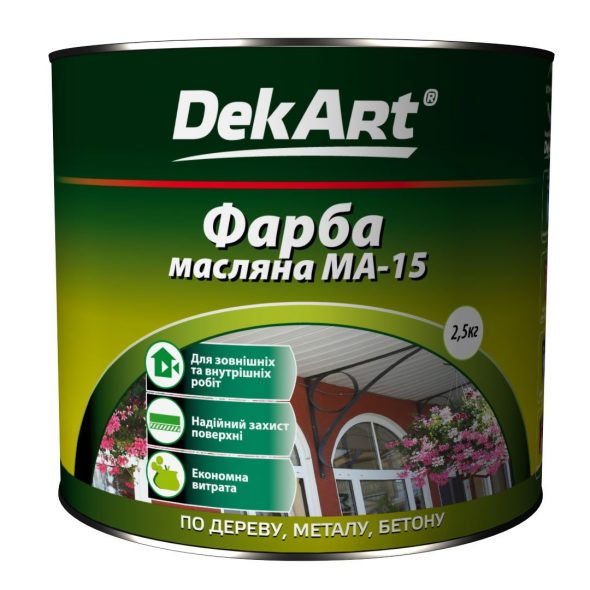
Oil paint on wood is one of the most durable and hermetic coatings.
- for MDF facades with plastic or acrylic coating - oil, alkyd or polyurethane composites.
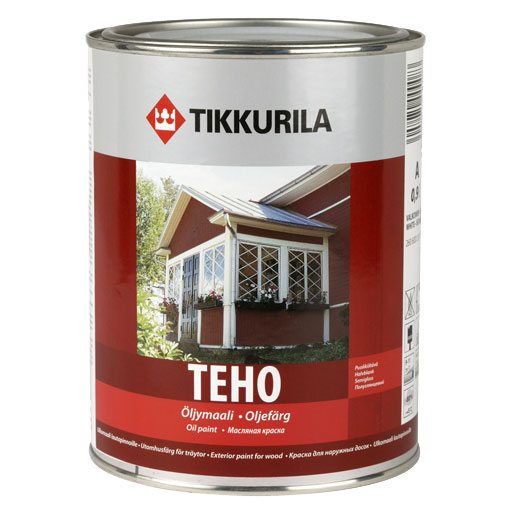
Alkyd paint for furniture made of MDF
Water-based acrylic enamel and spray-coated acrylic enamel are suitable for all types of coatings.

Acrylic enamels production Belinka
Different types of paints for MDF have their advantages and disadvantages. Thus, polyurethane compounds have high adhesion to the surface and, after drying, give a coating resistant to mechanical stress, but require careful handling during the application process due to the presence of harmful substances. Oil and alkyd dry for a long time and have a strong smell that lasts for a long time. Water-based acrylic enamels are safe, practically odorless and easy to use, but inferior to those listed above in terms of the strength of the coating.
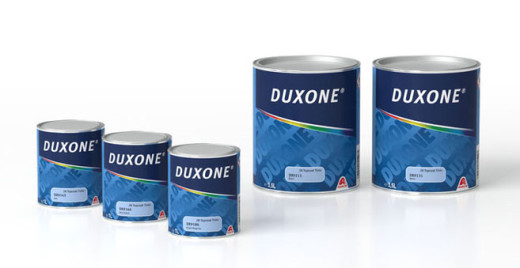
Automotive enamels are designed for metal surfaces, for painting MDF is also suitable
Paints and varnishes for MDF are produced by almost all leading manufacturers and are present in the assortment of most building supermarkets. On sale are glossy, matte and semi-matte options that differ in the degree of gloss of the finished product. If you can not find a special paint for MDF, you can use coloring compositions for windows and doors, or for wood.
Necessary materials
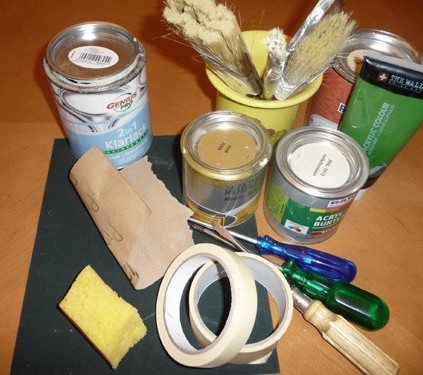
Materials and tools for painting furniture from MDF
In order to paint furniture from MDF at home, you will need:
- paint;
- primer;
- putty;
- solvent appropriate for the selected paint;
- masking tape;
- film for covering.
Depending on the chosen painting method, you will need tools:
- sandpaper, mesh and sponge with different grain sizes;
- brushes, rollers, spray gun;
- spatula narrow and wide;
- clerical or construction knife;
- set of screwdrivers;
- protective gloves, goggles, respirator;
- clean rags.
You will also need patience and a firm intention to create a miracle.
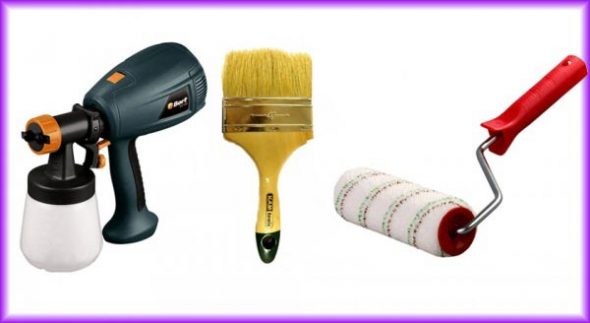
Furniture Coloring Tools
Getting Started
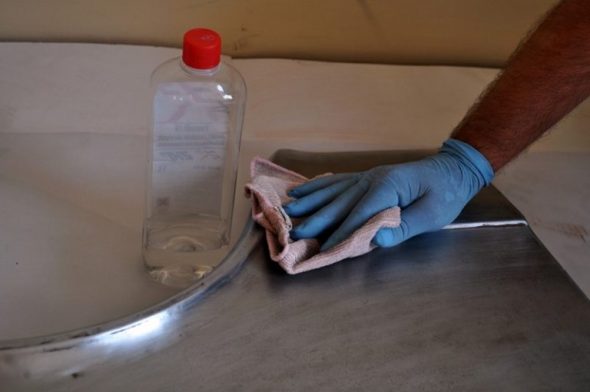
Degreasing the treated coating
It is necessary to thoroughly wash the painted parts with a sponge dipped in vodka with the addition of detergent to remove dirt and grease. Facades remove from the body. Remove all handles, glass and curtains. Seal cracks and chips. For filling cracks fit any wood filler.
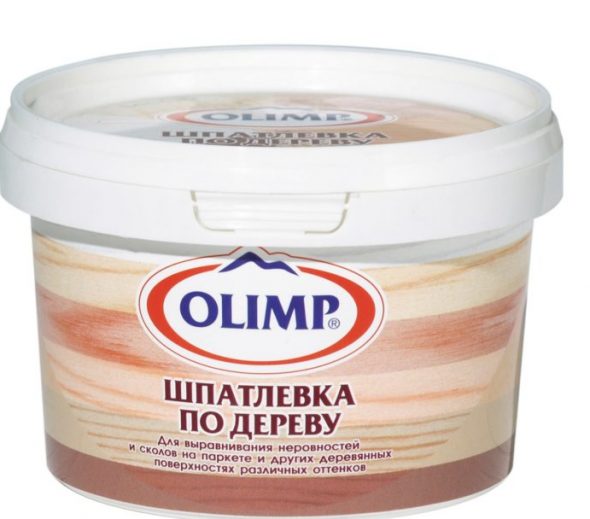
Putty wood need, if after grinding on the surface of the parts are chipped
Acrylic is preferred. it is easy to apply, dries quickly and is easy to process. For plastic and acrylic coatings, it is better to use automotive putty. Narrow cracks in front of putty are cut with the blunt side of the knife. The putty is put on the places of chipping “with a reserve”, layers no thicker than 1 mm. Each new layer is applied after curing the previous one.

Sanding MDF before painting
Elements are thoroughly polished. Grinding removes excess putty and gives the surface roughness necessary for better adhesion to the future coating. For sanding, we use sandpaper with a particle size of 150-180.
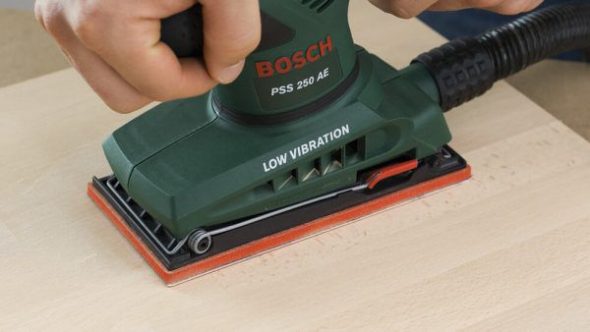
Sanding MDF Surfaces with a Surface Grinder
The necessary form to the putty chips is given. It is better to use an abrasive mesh, because it is less clogged. In hard-to-reach and relief places it is convenient to use an abrasive sponge. Grinded facades are thoroughly cleaned of dust with a clean brush and vacuum cleaner.
Primer - the main character
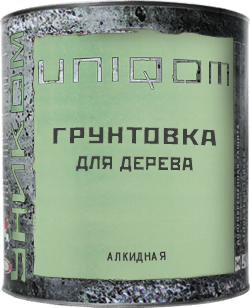
Sample primer for wood
This is not an exaggeration. Properly chosen soil not only provides a reliable adhesion to the painted surface, but strengthens it, fills minor defects, prevents the pile from raising and reduces the absorbency, significantly reducing the consumption of the coloring composition.
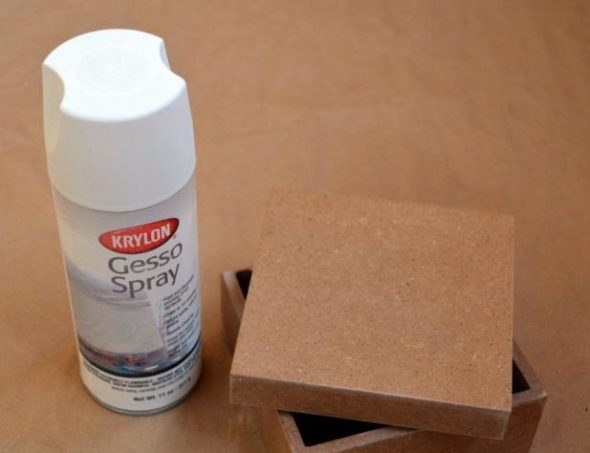
We ground the prepared sections of furniture
The most commonly used two-component polyurethane and water-dispersed priming composition. Water primers are not recommended to be applied over polyurethane and nitrocellulose primers, and polyester paint and varnish compositions are not recommended over them. For polyurethane primers there are no such restrictions. When choosing a priming agent, it is advisable to consult with a consultant of a building store.
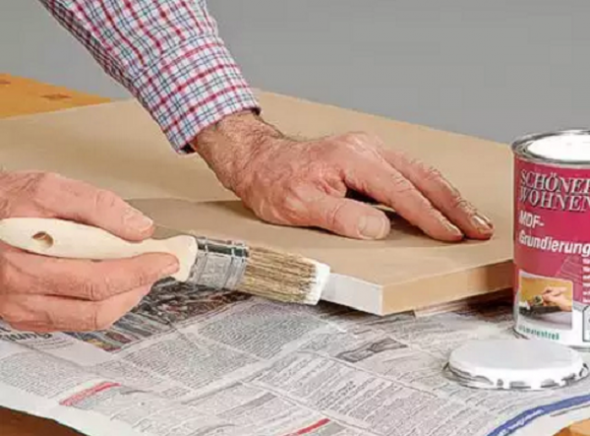
Primer application on the prepared surface
The primer must be applied in a clean, well-ventilated area in several steps. First, it is necessary to prime the ends and the embossed details of the elements, and then completely the whole element.
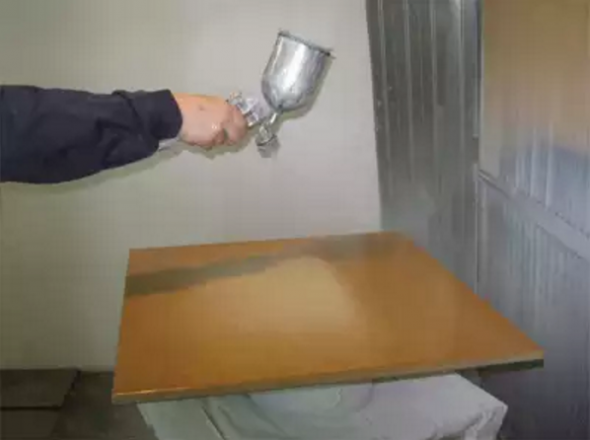
Primer application with pneumatic spray
After polymerization of the first layer, the product is cleaned from raised wood fibers and other minor defects with an abrasive mesh or sponge with a particle size of 220-240.

Small roughness on the surface of MDF or "woody pile"
The ground surface is thoroughly cleaned of dust and primed for the 2nd time. Before applying a topcoat, re-polishing with 280-300 grain is required.
The most important stage - painting
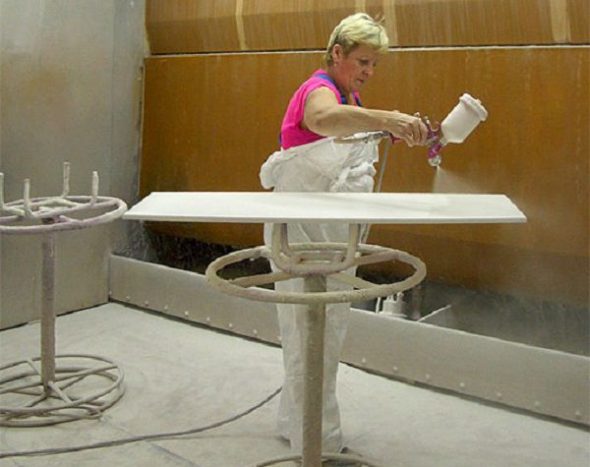
Painting MDF panels using the spray gun
The best results are given by painting with a spray (spray gun), but not every home artist has the necessary equipment at his disposal. You can also use spray paint. The sprayed coating is distinguished by its high uniformity and perfect appearance. The difficulties of this method include the need for a separate room, which is not a pity to paint at the same time.

Paint can be applied with a brush or rollers.
If there is no such room, it is better to paint with a brush or roller with a small pile. When buying brushes and rollers, you should consult with the seller whether they are suitable for the chosen type of coloring composition.
It is necessary to apply paint strictly in one direction, as a rule, in two layers. The second layer is applied only after complete drying of the previous one. Painted facades should preferably be placed horizontally. Works should be performed at a temperature not lower than 15 degrees in a well-ventilated room, but avoid drafts. Be sure to use a respirator, protective gloves and goggles. Cover the film that does not need to paint.
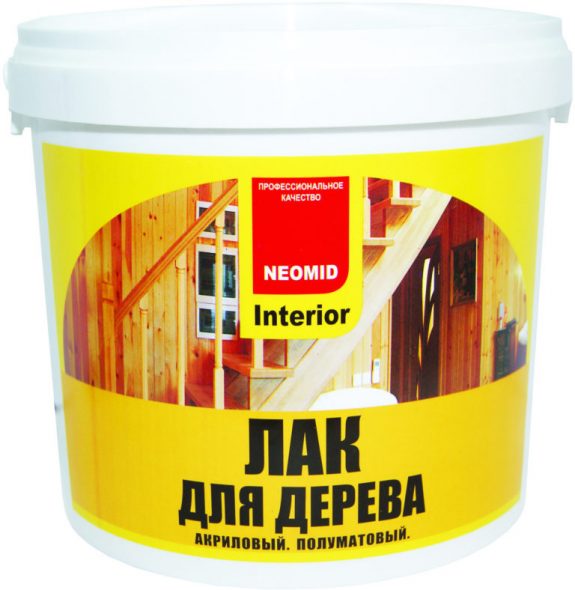
Varnish is used for finishing wooden surfaces.
If a mote or a random insect hit the freshly painted surface, remove them with the sharp tip of the knife. If, after drying, a defect remains in this place, sand it gently with abrasive paper and tint with a cotton swab.
Painted surfaces should be allowed to dry completely and only then assemble. Full drying time is indicated on the packaging of paints and varnishes. No need to seek to repaint all at once. It is better to do this element by element. Then, preparing for coloring and repainting the next element, it will be possible to take into account the nuances and correct the mistakes made when working with the previous one. It is important with the utmost care to carry out all technological operations and the requirements of the manufacturer to the temperature and drying time of priming and coloring compositions.

Polished painted surface
The process of repainting is quite laborious and laborious, but the result is worth it. Updated favorite things please not only with their modern look, but also with the awareness that this miracle was created with their own hands.
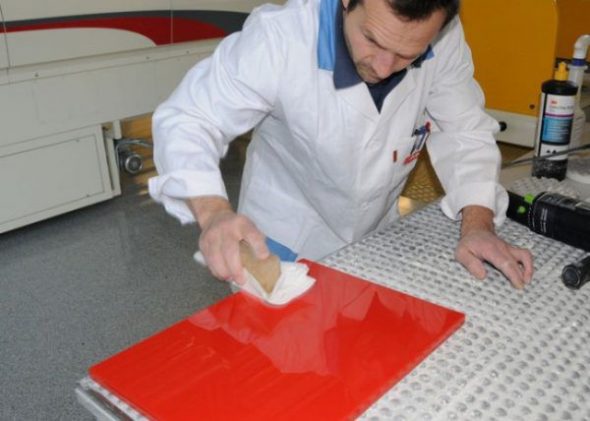
MDF painted polished plate
Video: Painting MDF facades. Trosha Studio.
 Decoupage furniture in Provence style
Decoupage furniture in Provence style
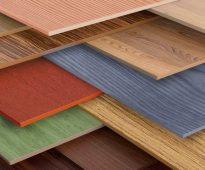 Overview of the most popular materials used to make furniture
Overview of the most popular materials used to make furniture
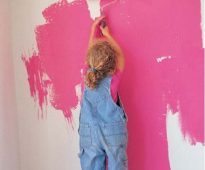 Paint for children's furniture
Paint for children's furniture
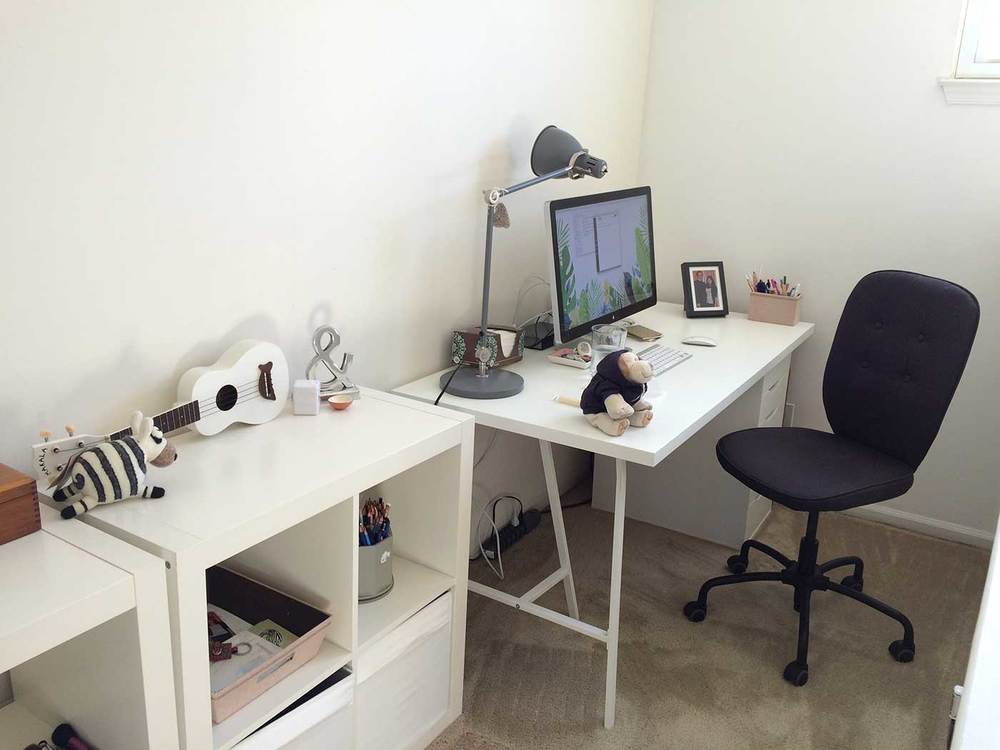 How to drag a computer chair with their own hands.
How to drag a computer chair with their own hands.
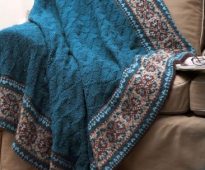 How to tie a blanket on the sofa with your own hands
How to tie a blanket on the sofa with your own hands






